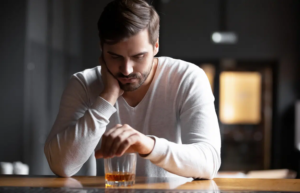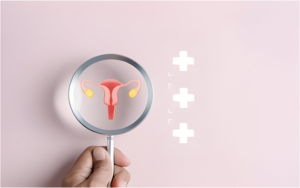Twelve Steps to Abstinence and Its History
2 min read
Twelve-Step programs are still a frequently suggested and utilized form of treatment for numerous addictions. Approximately 74 percent of treatment facilities use 12-Step models at least periodically, according to the Substance Abuse and Mental Health Services Administration’s (SAMSHA) 2013 National Survey of Substance Abuse Treatment Services. American Addiction Centers accepts a variety of insurance plans, and depending on your plan’s terms, your addiction treatment may be complimentary.
The 12-step AA program’s history
The 12-Step program was created by Alcoholics Anonymous (AA) in 1938 when its founder Bill Wilson laid out the concepts that had been emerging from his experience with and understanding of alcoholism and alcohol withdrawal. He discussed the benefits realized when those battling alcoholism shared their experiences with one another.
Wilson created his program in the Big Book, which has come to be known as. The steps were created by combining ideas from a few previous teachings he had come across, notably a six-step program promoted by a group known as the Oxford Group, as stated in historical information from the AA website itself.
The 12 Steps were originally inspired by a spiritual, Christian philosophy that looked to a higher power and to others going through similar addiction challenges for support.
The Big Book was initially created as a resource for those who were unable to attend AA fellowship meetings, but it quickly evolved into a standard for the entire program. Since then, a variety of addiction peer-support and self-help programs aimed at promoting behavioral change having used it as a model.
As a result of COVID-19’s isolation of the nation, AAC has introduced Virtual Support Meetings to keep people connected. For individuals who require extra online peer support, the facilities also have a private social media group. People can join to get updates about upcoming meetings and to interact with other people in recovery.







